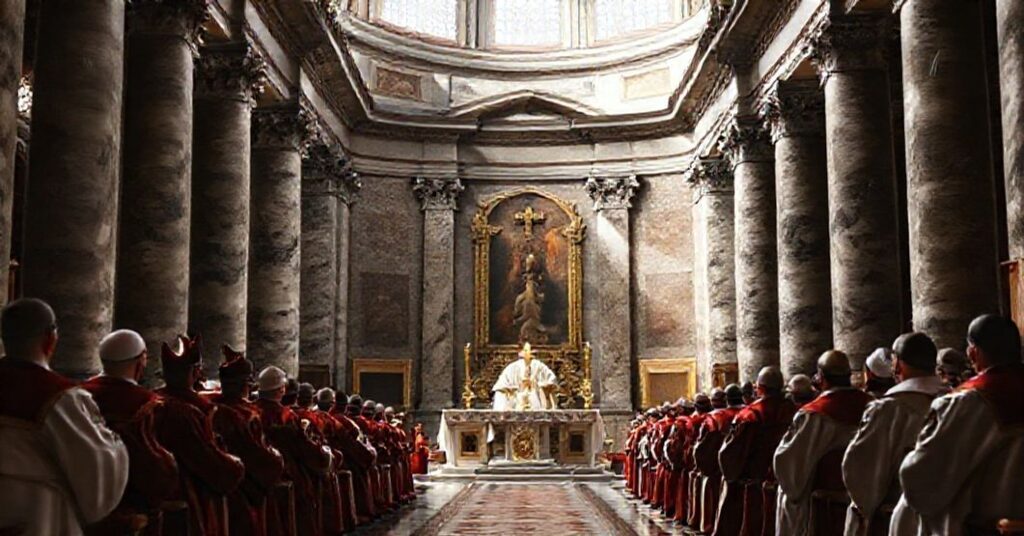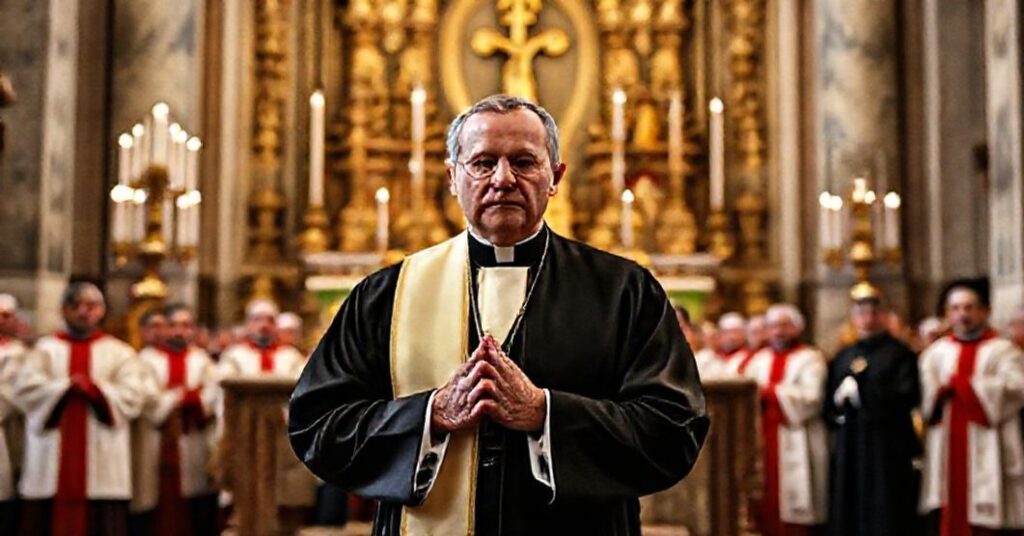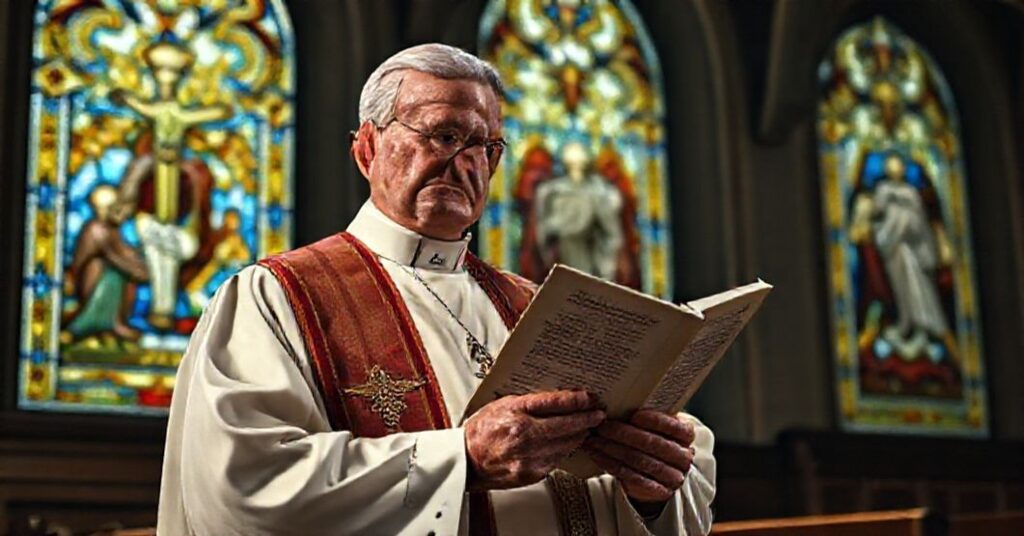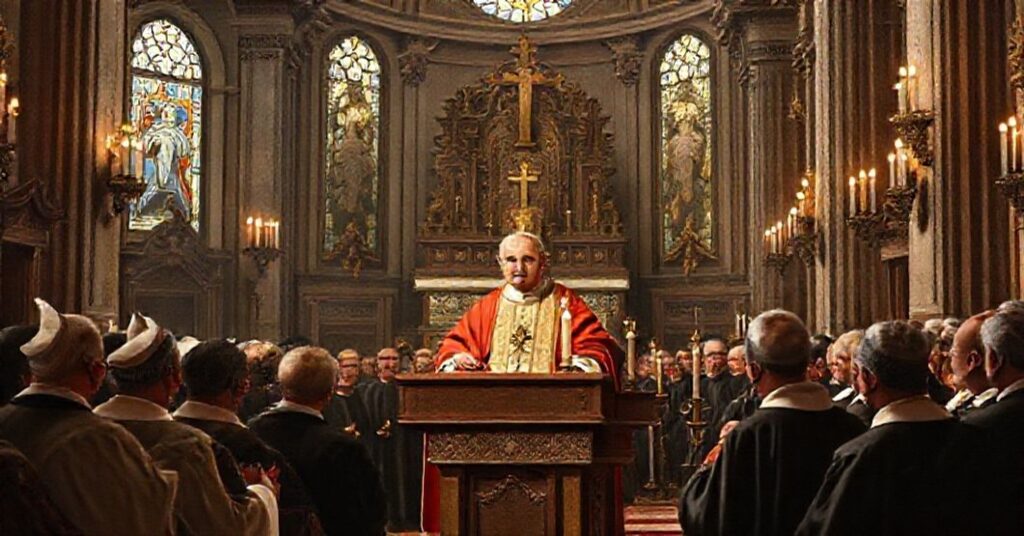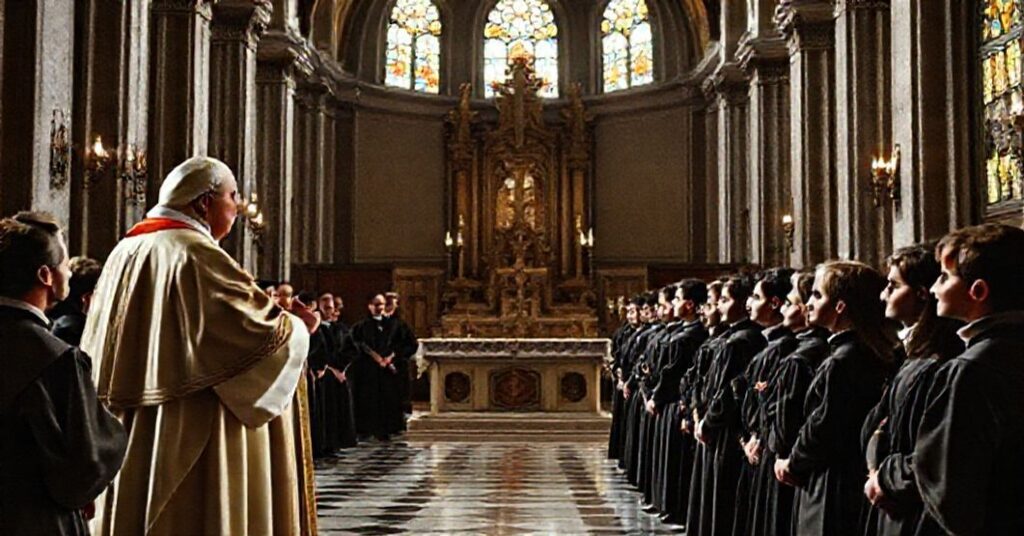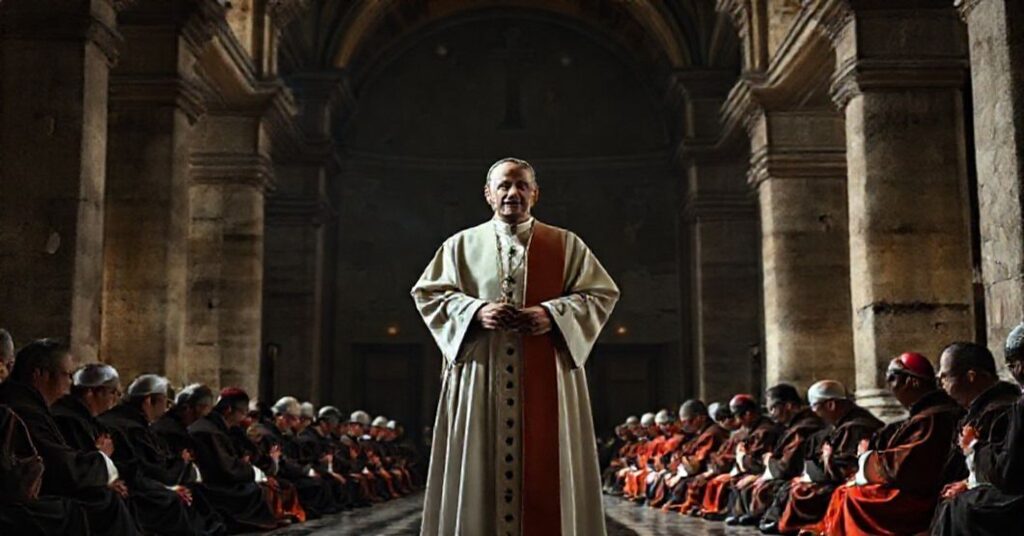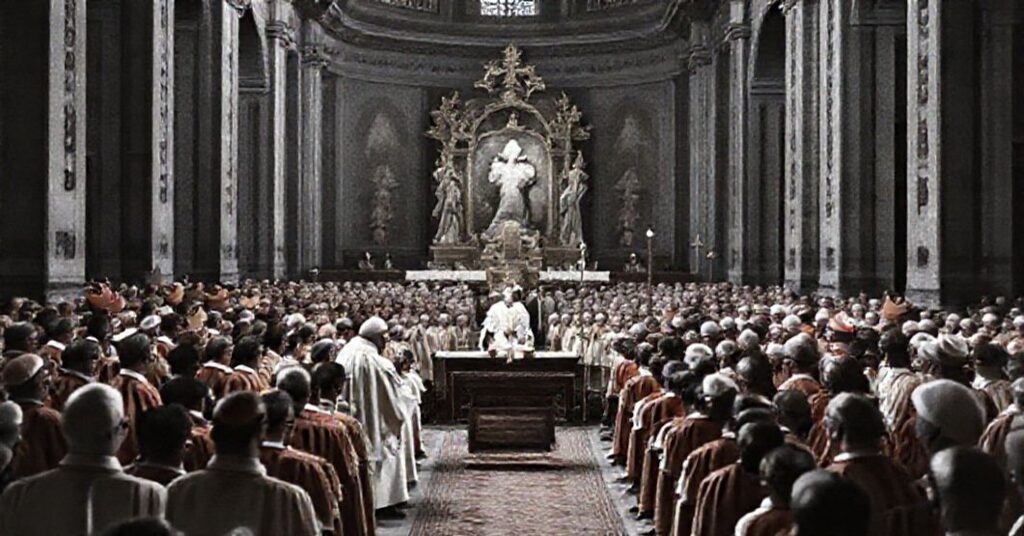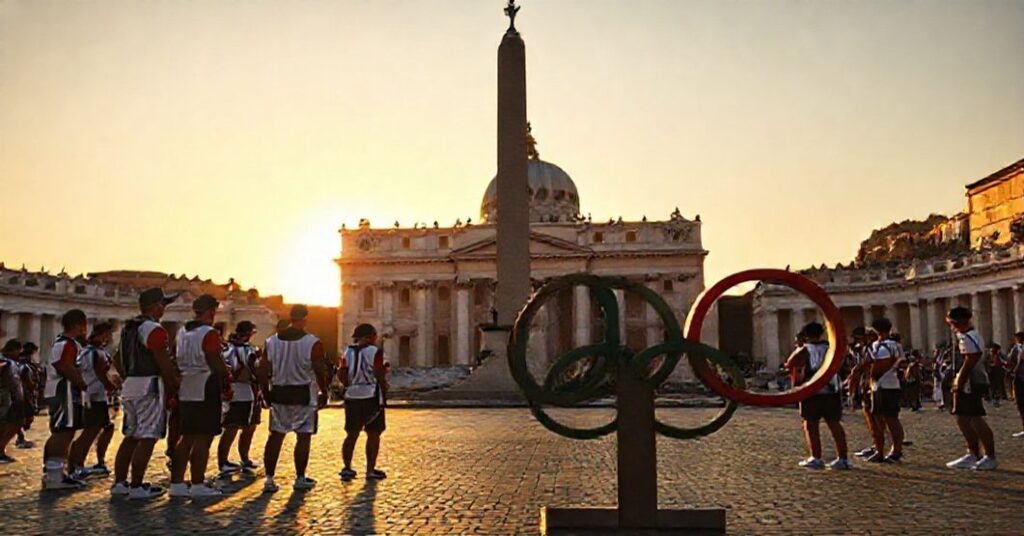Ioannes XXIII (1960.01.24)
The allocution of Ioannes XXIII at the solemn opening of the Roman Synod in the Lateran Basilica (24 January 1960) presents itself as a pious, historical-theological meditation: he recalls the Council of Jerusalem, surveys the history of ecumenical councils from Nicaea to Vatican I, explains the nature of diocesan synods, and solemnly inaugurates the Roman Synod as a preparatory and exemplary act in view of the announced “ecumenical council.” The entire discourse culminates in an apparent call to holiness, obedience, and prayer to the Holy Ghost for a fruitful synodal renewal of clergy and faithful in Rome.
Already in this introductory allocution, however, the essential infection of the conciliar revolution is visible: under the cover of continuity and tradition, Ioannes XXIII outlines a program that relativizes immutable discipline, instrumentalizes history, and prepares a pseudo-council whose spirit and fruits stand in direct rupture with integral Catholic doctrine before 1958.

